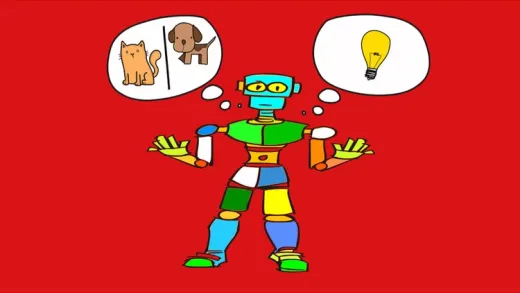Brief Summary
Dive into the world of Raspberry Pi and Home Automation while exploring the Internet of Things! This super friendly course, perfect for beginners, will guide you from basics to intermediate projects that you can use at home. Seriously, you’ll be turning on lights from your couch in no time!
Key Points
-
Learn about Home Automation using Raspberry Pi.
-
Understand the Internet of Things and physical computing concepts.
-
Experience active learning with quizzes and fun examples.
-
Course tailored for beginners, no engineering background needed.
-
Reach a solid intermediate level to create your own IoT projects.
Learning Outcomes
-
Understand and apply concepts of the Internet of Things.
-
Become familiar with Raspberry Pi components and setup.
-
Develop hands-on skills with sensors and basic circuit design.
-
Create and implement Home Automation projects effortlessly.
-
Gain confidence to build your own IoT applications.
About This Course
Have a blast using the Raspberry Pi to do some home automation and understand the Internet of Things
An Internet-Of-Things course for everyone - accessible yet serious, to take you from absolute beginner to a solid intermediate level - built around Home Automation using Raspberry Pi.
This is a course is for everyone. You need not be an electrical engineer, or an engineer at all. We explain all engineering or automation concepts from absolute scratch.
This is an Internet-of-Things course, not merely a Raspberry Pi course. This is important because we think too many courses end up becoming like manuals for the Raspberry Pi, or the Arduino, or some specific hardware device. This course is careful to generalize
The course takes you to a solid intermediate level. The objective is to get you to a point where if you imagine a really cool IoT application, you will be able to independently figure out how to implement it.
We focus on Home Automation using Raspberry Pi for our use-cases. This is so that you can immediately put it to use around the home (turn that music down without getting off the couch!)
As with all our courses, this one too is quirky. The examples are irreverent. Lots of little touches: repetition, zooming out so we remember the big picture, active learning with plenty of quizzes. There’s also a peppy soundtrack, and art - all shown by studies to improve cognition and recall.
What's Covered:
Internet of Things : Sensors, Actuators, Microcontrollers, Arduino, Raspberry Pi, Physical Computing, Smart homes
Raspberry Pi 2 Model B Components, System on a Chip (SOC) , Input Output Interfaces, SD Card / Secondary Storage, Choice of Operating Systems, RISC/CISC Architectures, x86 vs ARM, Raspbian OS installation, Raspbian tour, Linux Shell commands overview, Installing softwares, Connecting to the Internet
Physical Computing: Sensors (Photoresistors, Ultrasonic sensors, motion sensors, temperature and humidity sensors), Relays, LEDs, Push buttons, Basics of circuit design, Ohm's law, RC circuit, GPIO pins, Serial and Parallel interfaces, UART, SPI, I2C, Pulse Width Modulation (PWM), Python (RPi DOT GPIO), WiringPi, Node js (RPi-GPIO)
Home Automation projects: Measuring Distance, Measuring Light Intensity, Controlling switches with sensors, Controlling switches over local and external networks
Understand what the internet of things and physical computing are
Know their way around a Raspberry Pi
Use the Raspberry Pi in Home Automation projects









Dattaraj V.
THIRD CLASS VIDEO AND PRESENTATION QUALITY.
WHEN YOU ARE SHOWING THE RPI BOARD DETAILS USE CLOSE UPS OF THE BOARD AND NOT YOU.